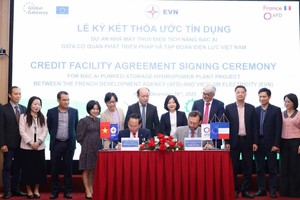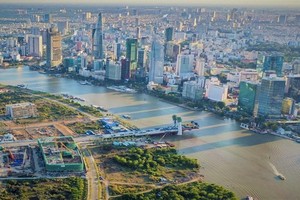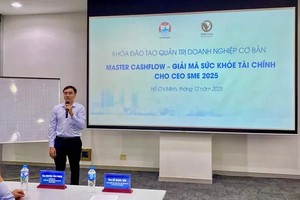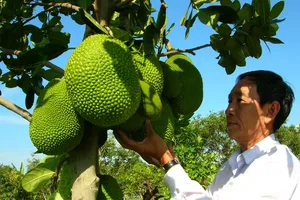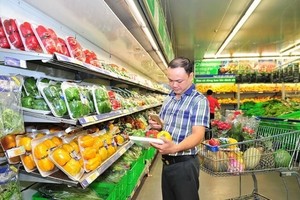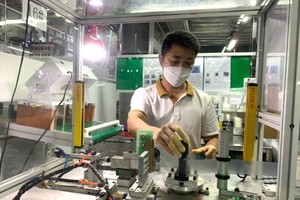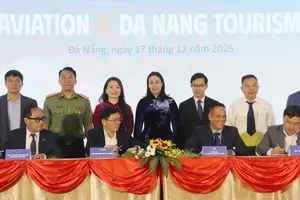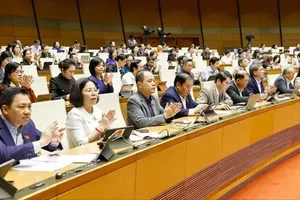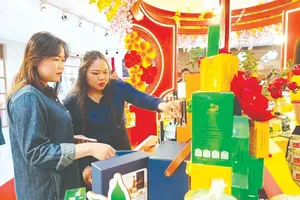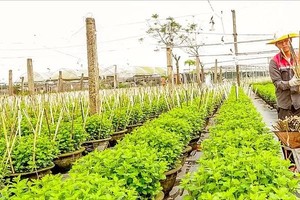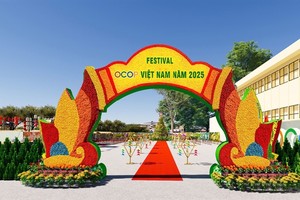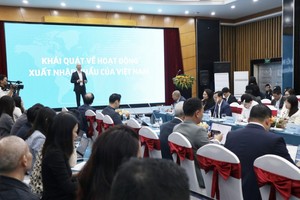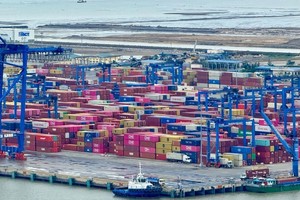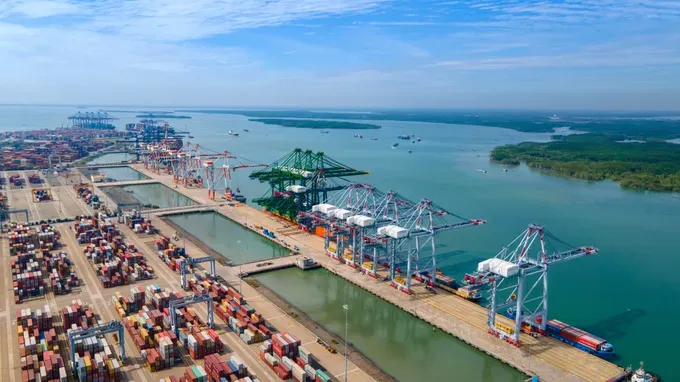
The Southeastern Key Economic Region—originally comprising Ho Chi Minh City, Dong Nai, Binh Duong, and Ba Ria-Vung Tau—is considered the most dynamic growth engine of Vietnam.
Despite its inherent advantages in seaports, industrial zones, and transport corridors, the region has long grappled with fragmented logistics infrastructure and weak inter-provincial coordination.
The recent administrative merger offers a unique opportunity to establish a unified and synchronized logistics system, turning this coastal region into a high-performing hub for trade, investment, and the marine economy.
Following the merger with Binh Duong and Ba Ria-Vung Tau, HCMC now boasts a 110-kilometer-long coastline, providing direct access to international maritime routes and elevating its potential as a maritime logistics center of regional significance.
Its natural land area has expanded to nearly 9,820 km², transforming the city from an inland economic nucleus into a coastal metropolis.
This geographic repositioning enables a seamless economic corridor connecting Can Gio, Cai Mep-Thi Vai, and Vung Tau—integrating production, logistics, services, tourism, and energy sectors.
Can Gio is expected to serve as a key transshipment point between the city center and international ports, forming the starting node of a future maritime logistics ecosystem.
Associate Professor Dr. Nguyen Ngoc Vinh, Deputy Director of the Institute for Regional Research and Development Consulting under the University of Economics in the city, emphasized the strategic alignment of major ports.
“The Cat Lai and Cai Mep–Thi Vai clusters now belong to the same logistics corridor.
Cai Mep, with capacity for vessels over 150,000 DWT, connects directly to trans-Pacific shipping lanes, while Cat Lai and the inland container depots (ICDs) act as collection and redistribution hubs within the region,” he said.
Crucial infrastructure projects are currently being deployed, such as Ring Road 4—which links Long Thanh International Airport with Cai Mep Port—passing through several key economic zones.
Previously, Ba Ria-Vung Tau province allocated over VND7.6 trillion (US$298 million) for port access roads, laying the groundwork for an extended urban space and a potential future free trade zone.
With a population of nearly five million and an area exceeding 10,000 km² after the merger, Dong Nai has become the second-largest domestic market in the South, after the city.
The province is home to a dense network of industrial parks and national transport routes, which form the backbone of its logistics infrastructure.
The presence of Phuoc An Port, Long Binh ICD, and multiple highways—as well as the Hoa Lu border gate facilitating trade with Cambodia—all contribute to Dong Nai’s strategic position.
Experts believe that the integration of Dong Nai with Binh Phuoc can create a powerful "logistics belt" that not only connects domestic production areas but also links inland provinces with global markets, reducing congestion and enhancing supply chain fluidity across southern Vietnam.
Regional logistics powerhouse
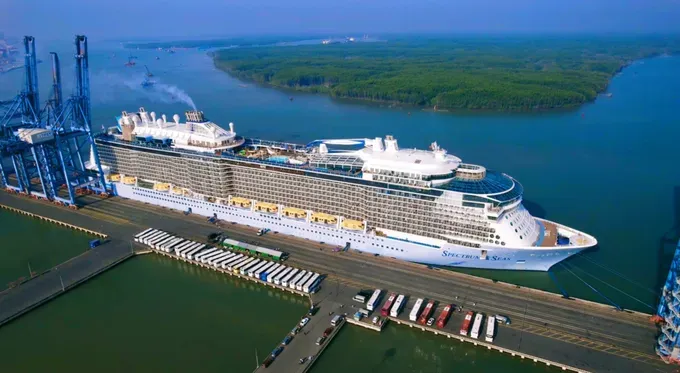
Beyond administrative reform, the new regional structure is expected to attract significant foreign investment in logistics infrastructure.
The corridor between Dong Nai and Dak Nong will become a crucial trade axis for agricultural products, construction materials, and industrial goods destined for key ports such as Cat Lai and Cai Mep.
Specialized logistics hubs are expected to emerge in areas like Chau Duc, Tan Uyen, or Long Khanh, where geographical advantages and transport connectivity can be maximized.
These centers will not only facilitate goods flow across provinces but also support the development of integrated supply chains, reinforcing Dong Nai’s role as a “super logistics center.”
According to experts, the southeastern coastal region of the city holds vast potential for marine economy development, spanning from ecological conservation and seafood processing to seaport services and marine tourism. Spatial functional zoning may include ecological conservation and tourism areas such as Can Gio, Long Hai, and Loc An; aquaculture and seafood processing in Can Gio - Long Dien - Dat Do; port logistics and supporting industries in Cai Mep - Thi Vai - Phu My; and luxury coastal urban resorts in Vung Tau and Ho Tram.
These diverse sectors are expected to generate thousands of direct and indirect jobs, improve livelihoods in coastal communities, and attract large-scale foreign direct investment in ports, logistics, biotechnology, and marine services.
Tran Quoc Thang, Director of Deloitte Vietnam’s Tax Advisory, underlined that integrated spatial planning between Can Gio and the former Ba Ria-Vung Tau province is a strategic breakthrough.
“By leveraging each locality’s comparative strengths and developing cross-border infrastructure, we can build a sustainable and competitive marine economy in the South,” he said, adding that authorities must enhance inter-provincial coordination and offer attractive investment incentives.
Multi-modal and smart logistics
The future of logistics in the region also lies in multimodal transport. A combination of road, rail, and inland waterway systems will reduce cost and time while enhancing resilience and flexibility.
The Bien Hoa-Vung Tau railway, once completed, will serve as a vital artery for rapid container transport from Dong Nai’s industrial zones to seaports.
Inland waterway routes along the Dong Nai and Be rivers will also be revitalized under new master plans.
A unified logistics system combining container cargo, bulk freight, and express parcels will enable businesses to switch delivery modes quickly and cost-effectively.
E-commerce enterprises are expected to benefit from improved same-day delivery capability, creating new consumer habits and boosting service competitiveness.
Local authorities in Dong Nai are also planning to expand industrial parks and build modern warehouses to meet domestic and international market demand.
Simplified administrative procedures following the merger are expected to create a more attractive business environment for investors.
Experts forecast that improved logistics infrastructure and integrated planning will help attract more FDI, especially in manufacturing, high-tech industries, and global supply chains.
With coordinated governance, cross-border potential, and growing investment, the newly enlarged Dong Nai is poised to become a national model for integrated, green, and efficient logistics development.
